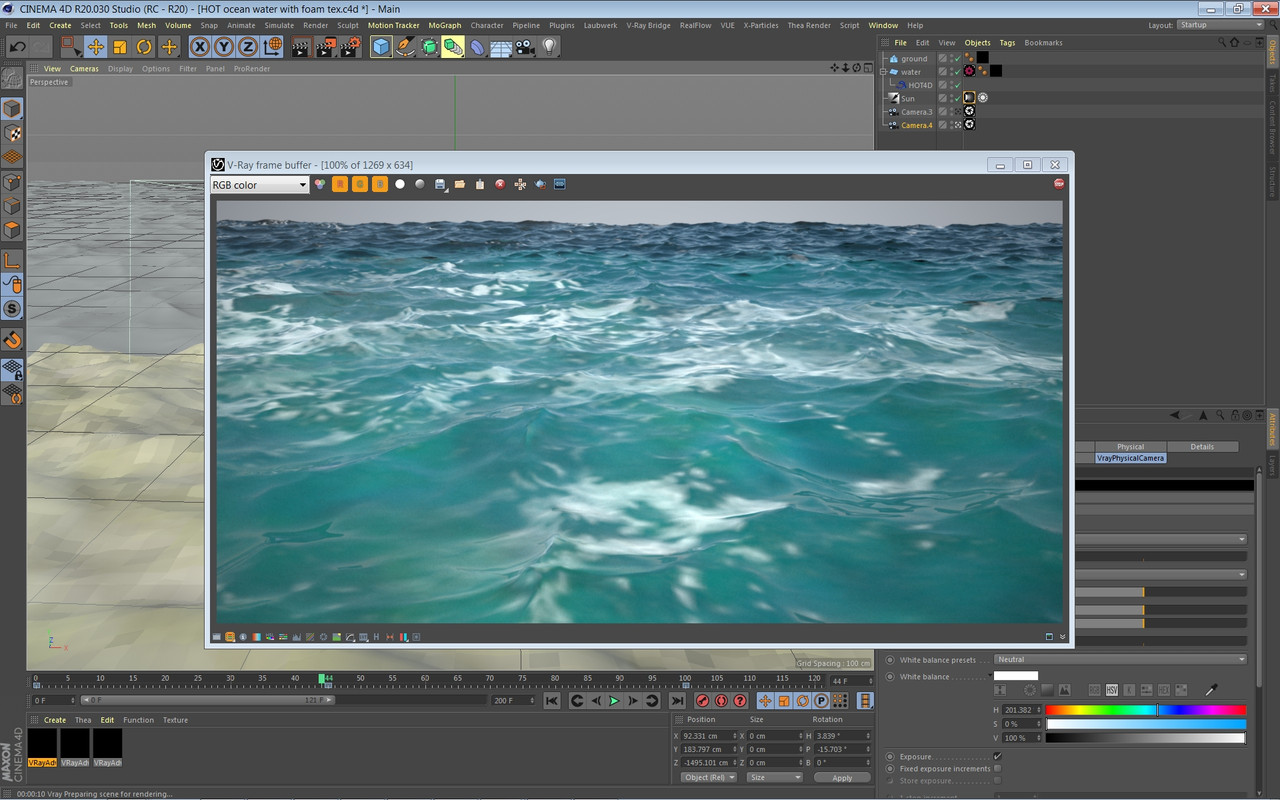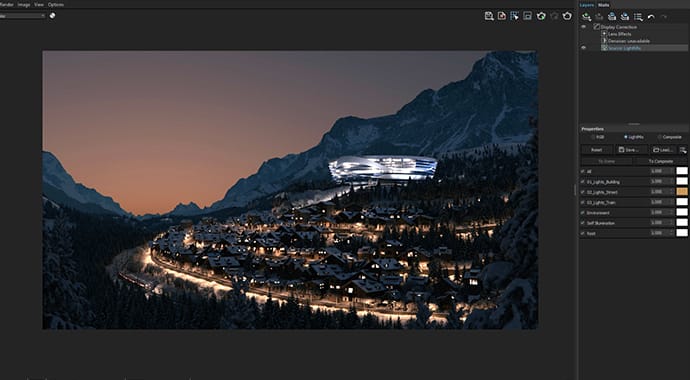



Not sure if something necessaty for last step that is only Vray specific. I have Octane renderer and cannot seem to get it to work. Add a Vray Particle system object into the scene, and drop your Xparticles emitter into the Particle system group - and you should be good to go! It doesn't offer the object flexibility that a cloner would (nor the varied shapes or colors) - but it's workable for the time being! I can probably figure out a way here in Houdini to split up the particles into multiple groups & export them as separate caches so that I can add some color variation. Set “Emit from” to points - Turn on “Stick Particle to Source Object” and “One particle per source Element” - In the Emission Tab, at the top, change “Count From Object” to “points” and in the “object” slot place the Alembic cache. For those who might want to do this in the future (this is with XP 2.5): - In the Xparticles Emitter, set the Emitter shape to “Object” and in the object slot place the Alembic cache. If you like water renders, check this freebie out.Luke Letellier I figured out a workable technique using Xparticles as an intermediary. Just a small thing implementing its algorithm and it still manages to make oceans as good as the much older (and much bigger) Digital Nature Tools by Arete. I had a look again at the old HOT4D plugin that still works fine (in R20 it needs Insydium's Bridge). (*) Fixed regression in material preview responsiveness. (*) Fixed reports for missing icons by the VRayBridge plugin. (*) Fixed a crash with X-Particles in a simple scene with object for the emitter. (*) Fixed exporting geometry to vrmesh proxies crashes Cinema 4D. The target of the VRAYforC4D Master Class is not less than explaining you the concept and details behind V-Ray. The tutorial is planned for the time period of March December 2015.

(*) Fixed entering attributes to objects doesn't work after applying a V-Ray material to the object. VRAYforC4d Masterclass 2015 (by Stefan Laub) an online tutorial which will cover a wide range of areas of the V-Ray engine and especially VRAYforC4D. (*) Fixed command line render takes interface license. (*) Fixed clicking on the IES Light tab on the VRayIESLight crashes Cinema4D R20. (*) Fixed loading of VDB files generated from Cinema 4D R20. (*) Remove the "Convert C4D Materials on-the-fly" option from the render settings. (*) Make "V-Ray Convert Bitmaps" command to work for standard materials and bitmaps. (*) Installation: Prioritize choosing Cinema 4D studio installations for default directory. (*) Material Conversion command for converting native Cinema 4D materials. (*) Cloud rendering submit functionality (Only for single-frame renders). Mostly fixes.īuild 3.70.02 - V-Ray for Cinema 4D (16 January 2018)


 0 kommentar(er)
0 kommentar(er)
